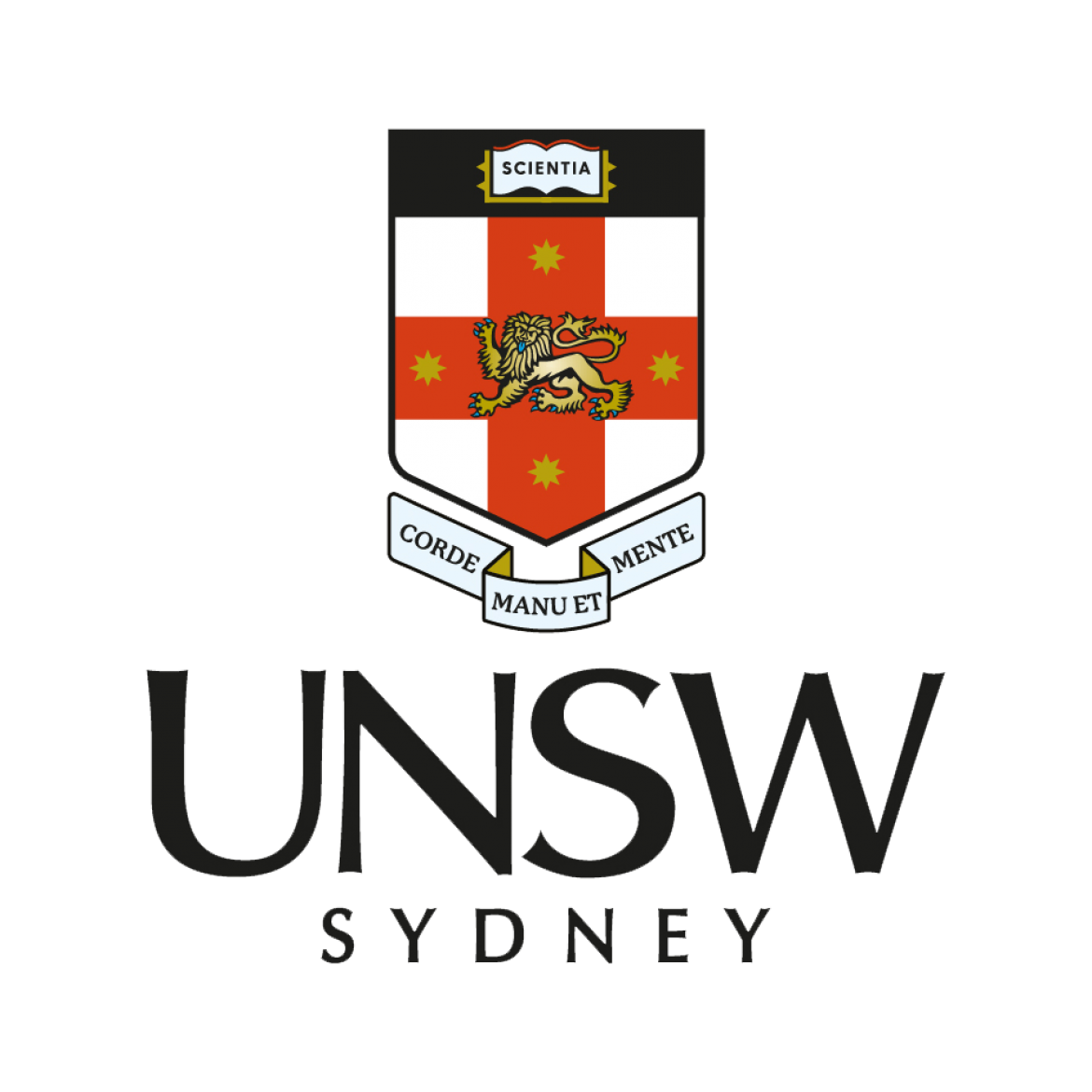Picture: Huge crowd on Sydney Harbour Bridge during the Walk for Reconciliation, Corroboree 2000, Loui Seselja, National Library of Australia, nla.obj-145680129
In the 2000s Australia had a formal legislated process of reconciliation. The Council for Aboriginal Reconciliation adopted a roadmap to reconciliation and many people – including the many members of the UNSW community who participated – remember the historic walk across the Sydney Harbour Bridge. Since then reconciliation has fallen off the agenda.
In recent years Reconciliation Australia has focused on Reconciliation Action Plans (RAPs). RAPs are an important framework but reconciliation requires much more. Unlike other universities, UNSW is not adopting a RAP. UNSW is adopting an Indigenous Strategy, aimed at providing an overarching framework to the already excellent work UNSW does on Indigenous education, teaching and research.

One of the reasons we have not adopted a RAP is to recognise the concern among some Aboriginal and Torres Strait Islander peoples about the reconciliation process in Australia. To “reconcile” means to restore friendly relations between two parties. Moreover, the twin pillars of reconciliation globally are truth and justice.
Many Indigenous people believe that before the Australian nation can “reconcile” with First Peoples there needs to be a national process of truth telling. Of course, “truth” is a contested concept, like “reconciliation”.
Even so, what many Aboriginal people mean when they speak about the “truth” is that there is an absence of Aboriginal and Torres Strait Islander peoples from the story of the Australian nation. Universities play an important role in this respect.
Truth and justice is the overarching theme of the Indigenous Strategy. It is intended to provide the opportunity for UNSW staff and students, and the broader UNSW community to participate when and where they can in this important national process. In doing this we do not want to avoid robust debates or challenging discussions. After all, universities play an important role in facilitating discussion and debate.
Equally, UNSW is very fortunate to welcome 20,000 international students from over 120 different countries. This is an opportunity for these students to also learn about the ancient polities of the Australian continent. Contained in this strategy document are recommended books, movies and documentaries for the UNSW community to consider if they want to learn more about historical and contemporary Indigenous culture. With this strategy, we feel strongly that one of the greatest contributions UNSW can make to Indigenous peoples is to ensure every single student, graduate, staff member, and the broader UNSW community, understands the cultural footprint of the three UNSW campuses they live and work upon, as well as learn about the rich culture of Aboriginal and Torres Strait Islander peoples in Sydney and Australia.

